Have you ever wondered how horseback riding can help build trust? It’s an interesting concept, isn’t it? Well, I’ve got good news for you – in this article, we’re going to delve into the role of horseback riding in building trust and uncover some fascinating insights. Trust me, you don’t want to miss out on this!
When it comes to building trust, horseback riding can have a profound impact. Horses are incredibly intuitive animals, and they have an uncanny ability to sense our emotions and intentions. Through the process of riding and interacting with horses, we can develop a deep level of trust and mutual understanding. Whether you’re a novice rider or an experienced equestrian, the bond you build with your horse can be transformative. In this article, we’ll explore why trust is so important in horseback riding, how it can be established, and the benefits it can bring to other areas of your life. So saddle up and get ready to dive into the world of horseback riding and trust-building!
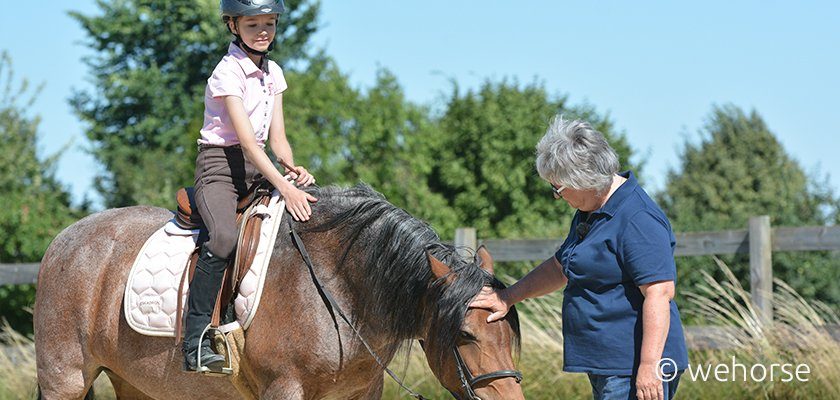
The History of Horseback Riding
Horseback riding is an ancient practice that has been a part of human civilization for thousands of years. From its origins as a means of transportation to its evolution as a recreational activity, horseback riding has played a significant role in shaping societies and cultures around the world.
Ancient Origins of Horseback Riding
The origins of horseback riding can be traced back to ancient civilizations such as the Mesopotamians, Egyptians, and Greeks. These early civilizations recognized the strength and speed of horses and started using them for various purposes, including transportation, warfare, and agricultural work.
The domestication of horses was a significant turning point in the history of horseback riding. It allowed humans to tame and train horses, making them more obedient and suitable for riding. This development opened up new opportunities for exploration, trade, and communication between distant regions.
Evolution of Horseback Riding as a Means of Transportation
As civilizations advanced, horseback riding became an essential mode of transportation. It provided a faster and more efficient way to travel, especially over long distances. Horses could cover vast territories in a relatively short period, making horseback riders crucial messengers, scouts, and travelers.
The invention of the stirrup during the early Middle Ages revolutionized horseback riding. The stirrup provided riders with better balance and stability, allowing them to handle weapons, such as lances and swords, while mounted. This advancement led to the rise of mounted knights, who played a vital role in medieval warfare.
However, with the emergence of modern transportation methods, such as cars, trains, and airplanes, horseback riding gradually shifted from a necessity to a recreational activity. Today, horseback riding is primarily enjoyed for its physical, mental, and emotional benefits.
Benefits of Horseback Riding
Horseback riding offers numerous benefits that contribute to the overall well-being of individuals. It provides a unique combination of physical exercise, mental stimulation, and emotional connection with horses.
Physical Benefits of Horseback Riding
Riding a horse requires the use of various muscle groups, resulting in improved strength, balance, and coordination. As you control the horse’s movements, you engage your core muscles, legs, and arms. This physical activity not only helps in developing muscle strength but also in improving flexibility and posture.
Moreover, horseback riding is a low-impact form of exercise, making it suitable for individuals of all ages and fitness levels. It provides cardiovascular benefits, boosts endurance, and helps in burning calories. Regular horseback riding can contribute to weight management and the development of a lean and toned physique.
Mental and Emotional Benefits of Horseback Riding
In addition to the physical benefits, horseback riding also has a positive impact on mental and emotional well-being. The act of riding requires focus, concentration, and quick decision-making, stimulating the brain and enhancing cognitive abilities.
Spending time with horses can also be therapeutic and emotionally rewarding. Horses are known for their intuitive nature and ability to pick up on human emotions. Interacting with these gentle animals can help reduce stress, anxiety, and depression. It provides a sense of calmness and tranquility, allowing individuals to escape the pressures of daily life.
Horseback riding also promotes self-confidence and self-esteem. As riders develop their skills and overcome challenges, they gain a sense of accomplishment and pride. The bond formed between a rider and their horse can boost self-assurance and improve overall mental well-being.
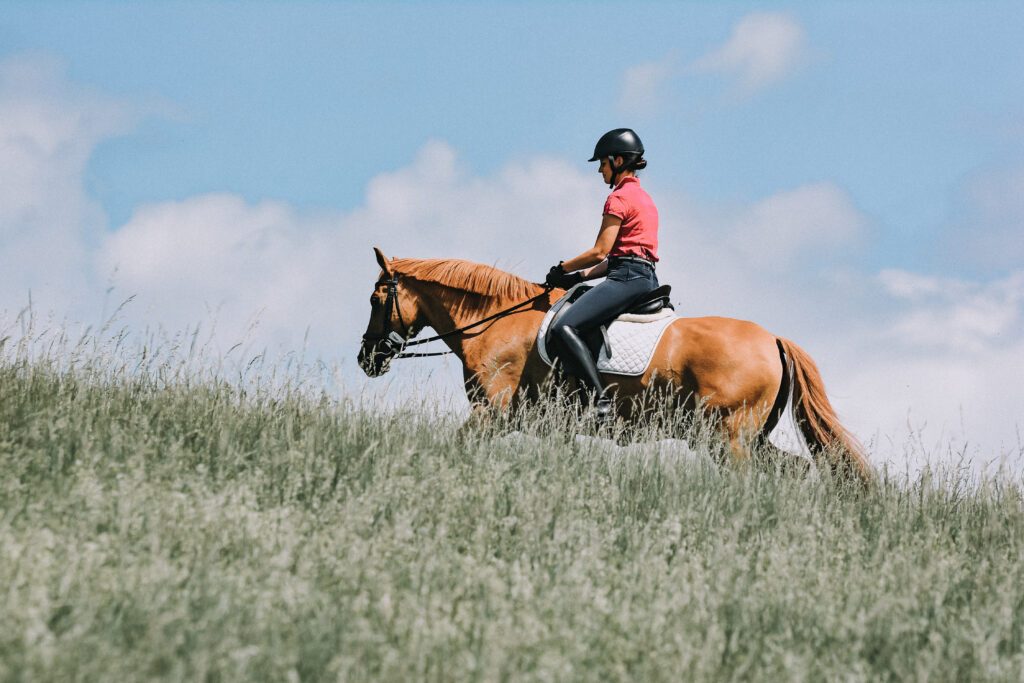
Therapeutic Effects of Horseback Riding
Horseback riding has been widely recognized for its therapeutic effects on individuals with various physical, mental, and emotional conditions. Two prominent forms of therapy involving horses are Equine Assisted Therapy and Hippotherapy.
Equine Assisted Therapy
Equine Assisted Therapy, also known as EAT, is a therapeutic approach that utilizes interactions with horses to improve emotional and cognitive functioning. It involves a structured program under the guidance of trained professionals, such as therapists, counselors, and psychologists.
EAT can benefit individuals with a wide range of conditions, including autism spectrum disorder, attention deficit hyperactivity disorder (ADHD), post-traumatic stress disorder (PTSD), and substance abuse. The horse’s presence and the activities involving horses help individuals develop important life skills, such as communication, problem-solving, and relationship-building.
Hippotherapy
Hippotherapy is a therapeutic technique that utilizes the horse’s movements to improve physical and sensory functions. It is mainly used for individuals with physical disabilities, such as cerebral palsy, multiple sclerosis, and spinal cord injuries.
The rhythmic and three-dimensional movements of the horse stimulate the rider’s muscles, joints, and sensory systems. This helps in improving balance, coordination, posture, and muscle tone. Hippotherapy can also enhance sensory integration and spatial awareness in individuals with sensory processing disorders.
Building Trust through Horseback Riding
One of the remarkable aspects of horseback riding is its ability to build trust between individuals and horses. The process of developing a bond with a horse requires patience, respect, and effective communication.
How Horseback Riding Can Build Trust
When riding a horse, trust becomes a crucial factor in creating a safe and enjoyable experience. Horses are highly sensitive animals and can sense the emotions and intentions of their riders. As a rider, it is essential to establish trust by being calm, confident, and consistent in your actions.
Building trust with a horse involves understanding and respecting the horse’s nature and behavior. It requires patience and empathy, allowing the horse to feel comfortable in your presence. Through consistent training and positive reinforcement, the horse learns to trust and rely on its rider’s guidance.
Trust-Building Activities on Horseback
There are various activities that can help strengthen the bond and trust between a rider and their horse. Some examples include ground exercises, such as grooming, lunging, and leading, as well as mounted exercises, such as pattern work, obstacle courses, and trail riding.
These activities promote teamwork, communication, and mutual understanding between the rider and the horse. They enhance the rider’s ability to read the horse’s body language, anticipate its movements, and respond accordingly. Through these trust-building activities, the rider develops a deepened connection and partnership with their horse.
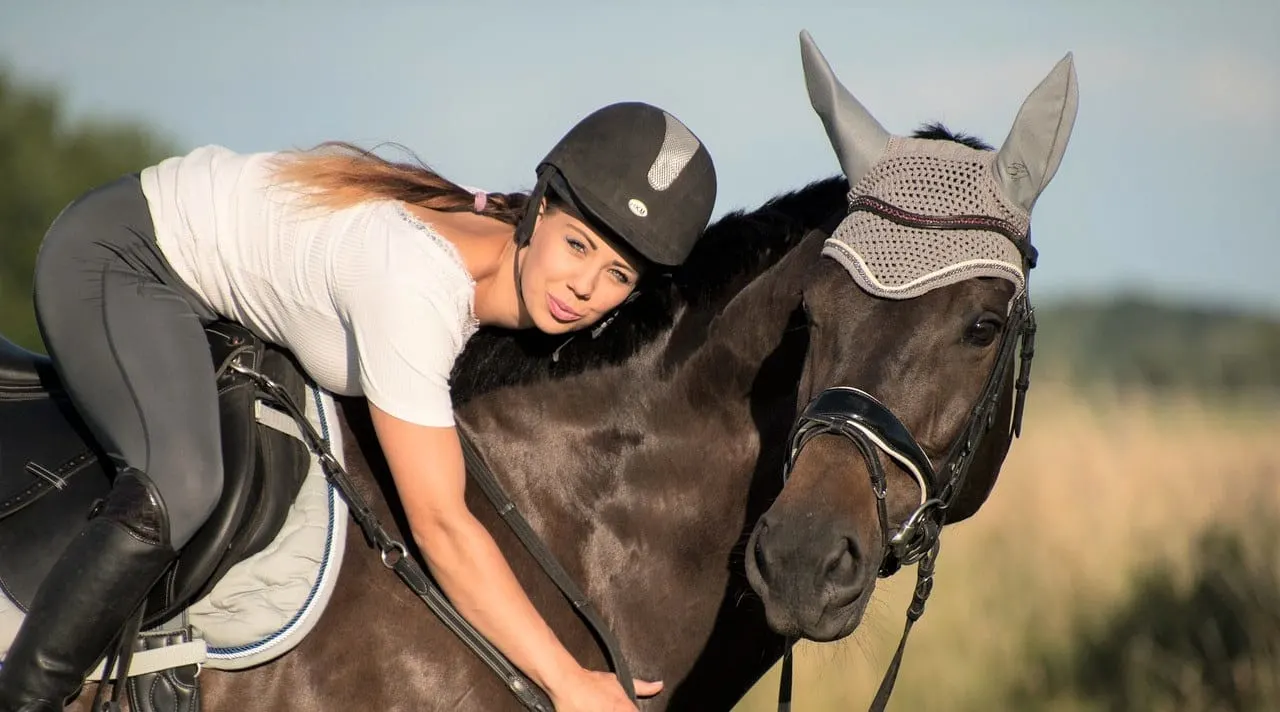
Horseback Riding as a Team Building Activity
Apart from the individual benefits, horseback riding can also be an effective team building activity. It offers unique opportunities for groups to work together, communicate effectively, and develop trust and cooperation.
Benefits of Horseback Riding for Team Building
Horseback riding requires coordination and teamwork between riders and horses. It forces individuals to step out of their comfort zones and communicate clearly with their equine partners. This promotes effective teamwork, as each member of the group needs to contribute and collaborate to achieve common goals.
Horseback riding also encourages problem-solving and decision-making within a team. As riders face challenges and obstacles, they must work together to find solutions and make quick decisions. This fosters critical thinking skills, adaptability, and resilience.
Group Activities on Horseback
There are several group activities and games that can be organized to enhance team building through horseback riding. These activities focus on developing trust, effective communication, and cooperation among team members.
One such activity is the “blindfolded trust walk,” where one team member is blindfolded and guided by their teammates on horseback. This activity requires clear communication and trust between the blindfolded rider and their team members to navigate safely.
Another group activity is the “relay race,” where teams compete against each other in a timed race. Each team member rides a certain distance, passing a baton to the next rider. This activity emphasizes teamwork, strategy, and coordination as teams strive to complete the race in the shortest possible time.
The Role of Communication in Horseback Riding
Communication is a fundamental aspect of horseback riding. While verbal communication plays a minimal role, nonverbal cues and body language are crucial in establishing a clear line of communication between the rider and the horse.
Nonverbal Communication with Horses
Horses are highly perceptive animals and rely heavily on nonverbal cues for communication. Riders communicate with their horses through body posture, weight distribution, rein contact, and leg aids. These subtle cues convey instructions and help the horse understand the rider’s intentions.
Developing effective nonverbal communication skills with a horse requires practice and fine-tuning. Riders need to be aware of their own body language and understand how it affects the horse’s responses. Through training and experience, riders learn to communicate with their horses in a clear and consistent manner.
Developing Trust through Effective Communication
Effective communication between a rider and a horse is vital in building trust and a strong partnership. Clear and consistent cues from the rider help the horse understand what is expected of it, leading to a more harmonious and successful riding experience.
Consistency in communication is key to establishing trust. Horses thrive on routine and repetition, so providing clear cues and signals enables them to anticipate and respond appropriately. A rider who communicates effectively and consistently with their horse instills confidence and trust, resulting in a deeper connection and better overall performance.
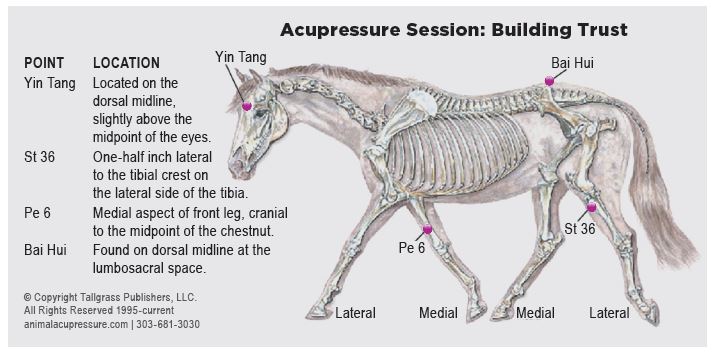
Different Styles of Horseback Riding
Horseback riding encompasses various styles and disciplines, each with its unique techniques, equipment, and purposes. Some popular styles of horseback riding include English riding, Western riding, dressage, jumping, and endurance riding.
English Riding
English riding originated in Europe and is characterized by its emphasis on correct position, balance, and control. It is commonly seen in disciplines such as dressage, show jumping, and eventing. English riders use a close-contact saddle and direct rein aids to communicate with the horse.
Western Riding
Western riding traces its roots to the American cowboy tradition. It is known for its deep-seated saddle, long stirrups, and one-handed rein control. Western riders often participate in events such as rodeo, reining, and cutting. Western riding prioritizes a relaxed and comfortable riding style that is suitable for long hours in the saddle.
Dressage
Dressage is a disciplined form of horseback riding that focuses on the horse’s training, balance, and suppleness. It is characterized by precise movements and routines, as riders and horses perform a series of predetermined actions. Dressage emphasizes subtle aids and harmony between the rider and the horse.
Jumping
Jumping, also known as show jumping, involves navigating a course of fences and obstacles. It tests the horse’s athletic ability, while the rider guides the horse over the jumps. Jumping requires a close partnership between the rider and the horse, with an emphasis on timing, balance, and accuracy.
Endurance Riding
Endurance riding is a long-distance discipline that tests the horse and rider’s stamina and fitness. It typically covers distances of 50 to 100 miles in a single day. Endurance riders focus on pacing their horses, as well as their own nutrition and hydration, to ensure a successful and healthy completion of the ride.
Equipment and Gear for Horseback Riding
Choosing the right equipment and gear is crucial for a safe and comfortable horseback riding experience. Proper selection of saddles, riding equipment, and clothing ensures both the rider’s and the horse’s well-being.
Choosing the Right Saddle
Saddles come in various styles, sizes, and materials, depending on the discipline and personal preferences. It is important to select a saddle that fits both the rider and the horse properly. Ill-fitting saddles can cause discomfort, pain, and even injuries to both the rider and the horse.
When choosing a saddle, factors to consider include the rider’s body type, riding style, and level of experience. The horse’s conformation, breed, and intended use should also be taken into account. Proper saddle fit ensures weight distribution, freedom of movement, and aids effective communication between the rider and the horse.
Essential Riding Equipment
In addition to a saddle, there are several pieces of essential riding equipment that every rider should have. These include a bridle, reins, and a bit for controlling the horse’s movements and direction. Properly fitted pads and blankets provide comfort and protection for the horse’s back.
Other important riding equipment includes stirrups, which provide support and stability for the rider’s feet and legs, and girths or cinches, which secure the saddle onto the horse. Safety equipment, such as helmets and protective vests, should also be worn to minimize the risk of injury.
Proper Clothing and Safety Gear
Choosing the right clothing for horseback riding ensures comfort, protection, and ease of movement. Riders should wear long pants, such as breeches or jeans, to prevent chafing and provide grip in the saddle. Riding boots or sturdy closed-toe shoes with a small heel are essential for foot safety and secure stirrup placement.
Additionally, riders should wear fitted and properly fastened helmets to protect against head injuries in case of a fall. Gloves can provide grip on the reins and protect the hands from blisters and friction. Depending on the weather and riding conditions, riders may also need jackets, vests, or rain gear to stay dry and comfortable.
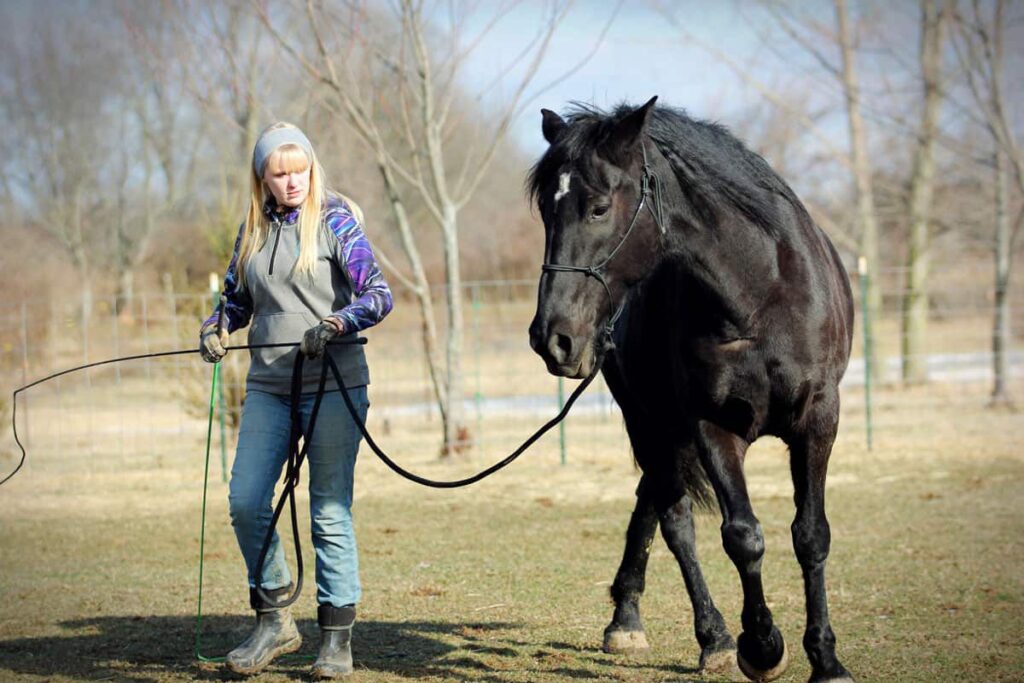
Training and Conditioning for Horseback Riding
To become a skilled and confident rider, training and conditioning are necessary. Horseback riding requires physical fitness, riding skills, and an understanding of horse behavior and care.
Building Strength and Endurance
Horseback riding requires physical strength and endurance, as riders use various muscle groups to control the horse and maintain balance. Regular exercise and conditioning can improve overall fitness, making riding more enjoyable and less tiring.
Strength training exercises that target the core muscles, legs, and arms will help riders develop the necessary muscle strength and stability. Cardiovascular exercises, such as running or cycling, can improve endurance and stamina.
Developing Riding Skills
Becoming a proficient rider requires ongoing training, practice, and experience. Riders should seek instruction from qualified trainers who can provide guidance on proper riding techniques, position, and communication with the horse.
Learning to ride involves mastering the basic skills of balance, posture, and aids. As riders progress, they can focus on more advanced skills, such as jumping, dressage movements, or trail riding techniques. Regular lessons, clinics, and workshops can help riders refine their skills and continue their learning journey.
Training Exercises for Riders
In addition to riding practice, riders can benefit from specific training exercises that target the muscles and skills needed for horseback riding. These exercises can improve balance, coordination, and flexibility.
Core strengthening exercises, such as planks and sit-ups, help develop a stable and balanced position in the saddle. Leg exercises, such as squats and lunges, enhance leg strength and stability. Stretching exercises, such as yoga or Pilates, improve flexibility and suppleness.
Incorporating these training exercises into a regular fitness routine can enhance riding performance and prevent injuries. It is important to consult with a fitness professional or riding instructor to design a training program tailored to individual needs and goals.
Safety Measures in Horseback Riding
While horseback riding can be a thrilling and enjoyable activity, it is essential to prioritize safety to minimize the risk of accidents and injuries. Following safety measures and practicing riding etiquette can ensure a safe and enjoyable experience for both riders and horses.
Preventing and Handling Accidents
To prevent accidents, riders should always wear appropriate safety gear, such as helmets and protective vests. Properly fitting equipment, such as saddles and bridles, should be used to ensure rider comfort and horse welfare.
Riders should be mindful of their surroundings and aware of potential hazards, such as uneven terrain, low branches, or other animals. It is important to ride in designated areas and follow any rules or regulations set by the equestrian facility or riding location.
In case of an accident or emergency, riders should know basic first aid procedures and have access to a phone or means of communication to call for help. It is also advisable to inform someone about the riding plans, including the intended route and estimated return time.
Riding Etiquette and Rules
Respecting riding etiquette and following established rules contributes to a safe and harmonious riding environment. Riders should yield to other riders or pedestrians when necessary and maintain a safe distance from other horses to prevent accidents.
When riding in a group, it is important to follow the leader and adhere to any instructions or guidelines given. Riders should communicate clearly, using voice commands or agreed-upon signals, to maintain coherence within the group.
Taking care of the equestrian facility and its surroundings is essential for everyone’s safety. Riders should clean up after their horses, properly secure gates, and avoid causing unnecessary damage to the environment.
Famous Horseback Riders in History
Throughout history, numerous individuals have made significant contributions to the world of horseback riding. Prominent equestrians have achieved remarkable feats, showcasing the extraordinary bond between humans and horses.
Prominent Equestrians and Their Achievements
One of the most celebrated equestrians in history is Xenophon, a Greek military leader, philosopher, and author. His writings on horsemanship and training remain influential to this day and have shaped the art of horse riding.
Another renowned equestrian is William Fox-Pitt, a British eventing rider who has won numerous gold medals and titles at prestigious events, including the Olympic Games and the Badminton Horse Trials. His exceptional riding skills, determination, and sportsmanship have made him a role model for aspiring riders worldwide.
Several famous horseback riders have also gained recognition for their skills in specific disciplines. Nicole Uphoff-Selke, for example, is a German dressage rider who has won multiple Olympic gold medals and set world records in dressage. Her flawless riding and connection with her horses have made her one of the most successful dressage riders in history.
Horseback Riding Competitions and Events
Horseback riding competitions and events are a vital part of the horseback riding community. They showcase the skills and abilities of both riders and horses, while providing opportunities for riders to test their limits and compete against their peers.
Different Types of Riding Competitions
Riding competitions are organized in various disciplines, each focusing on specific riding skills, movements, or tasks. Some of the most popular riding competitions include dressage, show jumping, eventing, reining, and barrel racing.
Dressage competitions evaluate the rider’s ability to perform precise movements and control the horse’s every step. Show jumping competitions challenge riders to navigate a course of jumps while being both accurate and fast. Eventing combines dressage, cross-country, and show jumping, testing the overall versatility and endurance of the horse and rider.
Reining competitions showcase the horse’s athletic ability and maneuverability in response to the rider’s cues. Barrel racing, often seen in Western riding competitions, tests the horse’s speed and agility as it circles barrels in the fastest time possible.
Major Horseback Riding Events Around the World
There are several major horseback riding events held worldwide that attract top riders and horses from different countries. These events provide a platform for riders to compete at the highest level and showcase their skills to a global audience.
The Olympic Games, held every four years, feature equestrian disciplines such as dressage, show jumping, and eventing. It is a highly prestigious event that brings together the best riders and horses from around the world.
Other notable horseback riding events include the Badminton Horse Trials and the Burghley Horse Trials, both held in England. These events are renowned for their demanding cross-country courses and testing the courage and ability of both horse and rider.
In the United States, the Rolex Kentucky Three-Day Event is a highly anticipated annual event that attracts top eventing riders. It is considered one of the most challenging and prestigious eventing competitions in the country.
Caring for Horses
Proper care and management of horses are essential for their well-being and performance. Caring for horses involves providing them with appropriate nutrition, grooming, and healthcare.
Proper Nutrition and Feeding
Horses require a balanced diet to meet their nutritional needs and maintain optimal health. They should receive a diet consisting of high-quality forage, such as hay or pasture, supplemented with grains or concentrated feeds as needed.
Feeding schedules should be consistent, and horses should have access to fresh water at all times. Care should be taken to prevent overfeeding and obesity, as well as to ensure that horses receive the necessary vitamins and minerals for their well-being.
Grooming and Maintenance
Regular grooming is an important part of horse care as it helps maintain a horse’s coat, skin, and overall cleanliness. Grooming involves brushing the horse’s coat, mane, and tail to remove dirt, debris, and loose hair. It also allows for close inspection of the horse’s body, enabling the early detection of any skin issues or injuries.
Hoof care is another essential aspect of horse grooming. Regular trimming or shoeing, as well as cleaning and inspecting the hooves, ensures the horse’s comfort and soundness. It is important to work with a knowledgeable farrier or hoof care professional to maintain hoof health.
Healthcare for Horses
Horses require routine veterinary care to ensure their health and well-being. This includes regular vaccinations, deworming, dental care, and health check-ups. Vaccinations protect horses from various diseases, while deworming helps control internal parasites.
Dental care is crucial, as horses’ teeth continue to grow throughout their lives. Regular dental exams and floating, a process that smoothes out sharp edges on the teeth, help maintain proper chewing and digestion.
In addition to routine care, horses should receive prompt attention for any injuries or illnesses. It is important to have access to a qualified veterinarian who can diagnose and treat any health issues promptly.
Conclusion
Horseback riding is a multifaceted activity that offers numerous physical, mental, and emotional benefits. It has a rich history that spans across civilizations and continues to evolve as a recreational pursuit. Horseback riding promotes trust-building, team building, effective communication, and the development of various skills.
With its therapeutic effects, horseback riding has also proven to be valuable in assisting individuals with physical, mental, and emotional conditions. Equine Assisted Therapy and Hippotherapy have shown remarkable results in improving well-being and quality of life.
From different riding styles and disciplines to competitions and events, horseback riding offers a vast array of choices for riders to pursue their passion and challenge their abilities. However, it is crucial to prioritize safety, proper care, and responsible horsemanship to ensure the well-being of both riders and horses.
As you embark on your horseback riding journey, remember the role that horseback riding plays in building trust – not just between rider and horse, but within yourself. The trust and connection formed through horseback riding can be transformative, enabling personal growth and opening doors to new perspectives and experiences.
So, saddle up, grab the reins, and embrace the world of horseback riding. Whether you ride for pleasure, sport, therapy, or personal development, the bond formed between horse and rider will guide you on a remarkable journey of trust, companionship, and self-discovery. And remember, as you ride the trails of life, the trust you build with your equine partner will go far beyond the saddle.
